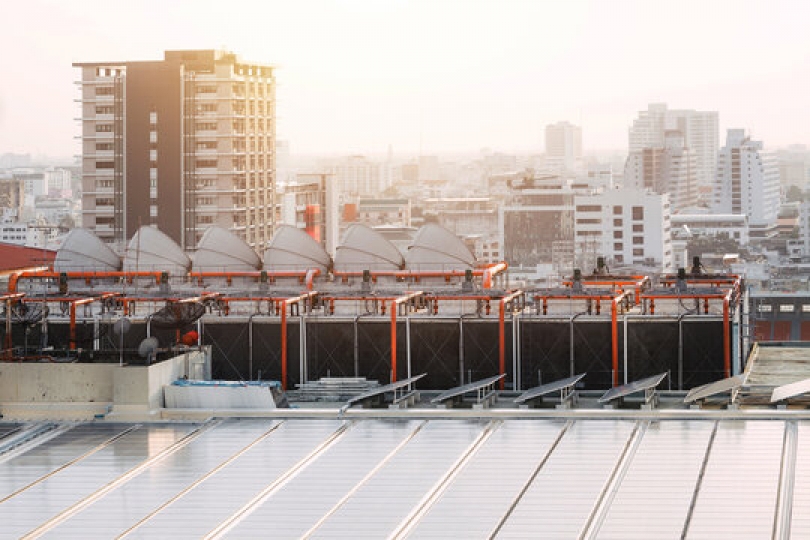Best Solar Batteries of 2022
Below are our top seven solar batteries:
SunPower SunVault
: Our pick for the highest capacity
- Continuous power rating: 6.8 kW
- Depth of discharge (DoD): Not disclosed
- Usable capacity: 12 kWh or 24 kWh
- Warranty: 10 years, 4,000 cycles or throughput clause (varies by model)
- Overview: Known for its high-efficiency solar panels, SunPower developed a solar battery in 2019. It’s one of the highest-capacity batteries on this list and uses the latest LFP battery chemistry, making it more powerful and long-lasting.
Tesla Powerwall 2
: Our pick for the best warranty
- Continuous power rating: 5 kilowatts (kW)
- Depth of discharge (DoD): 100%
- Usable capacity: 5 kilowatt-hours (kWh)
- Warranty: 10 years with unlimited cycles
- Overview: The Tesla Powerwall 2 is one of the most popular solar batteries. It’s an AC lithium-ion battery that can be retrofitted into any existing solar power system. It also has one of the best warranties of the batteries we reviewed, with a standard 10-year warranty and an unlimited cycle clause.-lasting.
Sonnen Eco:
: Our pick for the best variety
- Continuous power rating: 3 kW to 8 kW
- Depth of discharge (DoD): 90%
- Usable capacity: 5 kWh to 20 kWh
- Warranty: 10 years or 10,000 cycles
- Overview: The Sonnen Eco is a modular battery with seven size options. Its advanced Lithium Iron Phosphate (LFP) technology gives it a longer lifespan and improved efficiency compared to competitors.
Enphase IQ:
: Our pick for the best technology
- Continuous power rating: 1.28 kW and 3.84 kW
- Depth of discharge (DoD): 96%
- Usable capacity: 3.36 kWh and 10.08 kWh
- Warranty: 10 years with an optional 5-year extension or 4,000 cycles (varies by model)
- Overview: Enphase is known for its high-quality inverters. Its solar battery, the Enphase IQ (formerly known as the Enphase Encharge), is integrated with this technology. The battery works with existing solar systems and provides software with insight into your power usage.
Generac PWRcell:
: Our pick for best efficiency
- Continuous power rating: 3.4 kW to 6.7 kW
- Depth of discharge (DoD): 84%
- Usable capacity: 9 kWh to 18 kWh
- Warranty: 10 years or throughput clause (varies by model)
- Overview: The Generac PWR cell is a modular, DC-coupled battery with one of the highest round-trip efficiencies on our list at 96.5%. It is an excellent option for new solar systems.your power usage.
LG Chem RESU:
: Our pick for brand reputation
- Continuous power rating: 5 kW
- Depth of discharge (DoD): 95%
- Usable capacity: 9.8 kWh
- Warranty: 10 years, 4,000 cycles or 22.4 MWh throughput clause
- Overview:The LG Chem RESU-1OH is a popular solar battery backed by of the most respected electronics companies in the world. It works with existing solar systems and can be stacked for added storage options. The LG RESU-IOH also has one of the highest round-trip capacities for an NMC battery at 94.5%.
Panasonic Ever Volt:
: Our pick for flexibility
- Continuous power rating: 4.6 kW to 5.5 kW
- Depth of discharge (DoD): Not disclosed
- Usable capacity: 11.4 kWh and 17.1 kWh
- Warranty: 10 years or throughput clause (varies by model)
- Overview:Panasonic has a history as a leading battery manufacturer. The company’s solar battery, Panasonic EverVolt, offers AC- or DC-coupling options. You can install the batteries in an existing solar panel system or add them to a new one.


